History
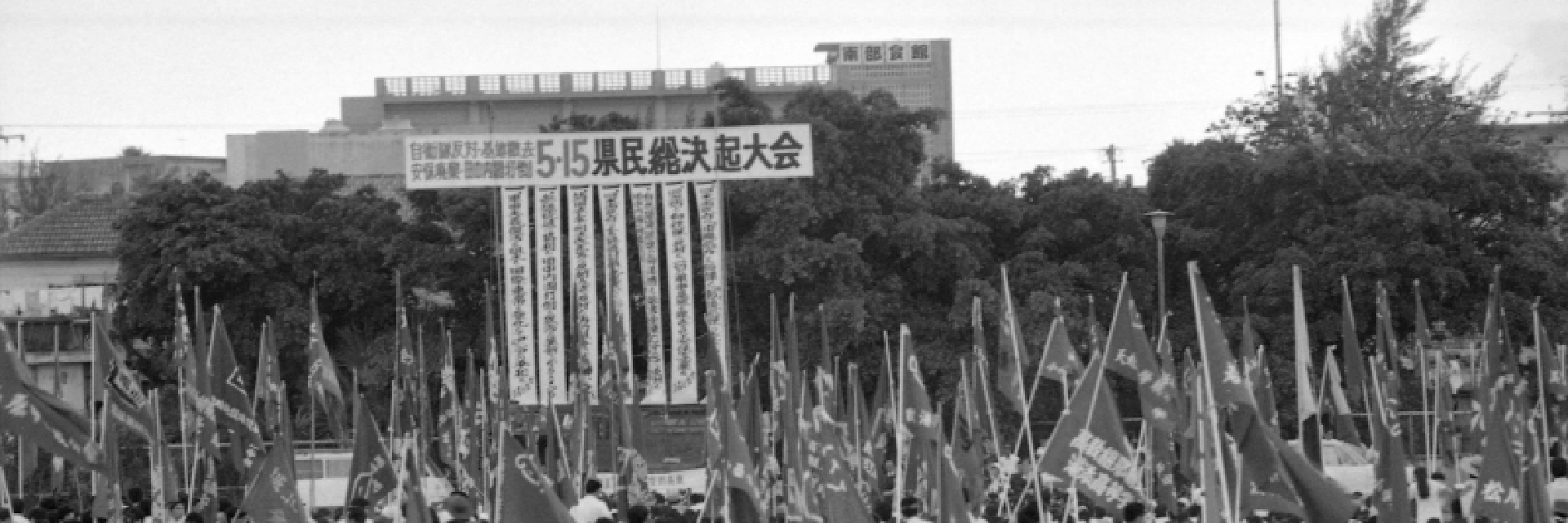
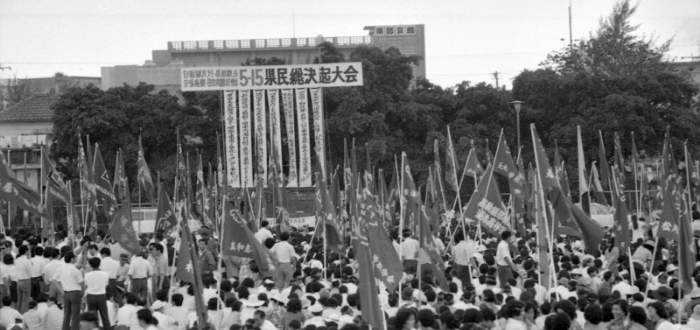
The Day of the Reversion: Conflicted Emotions
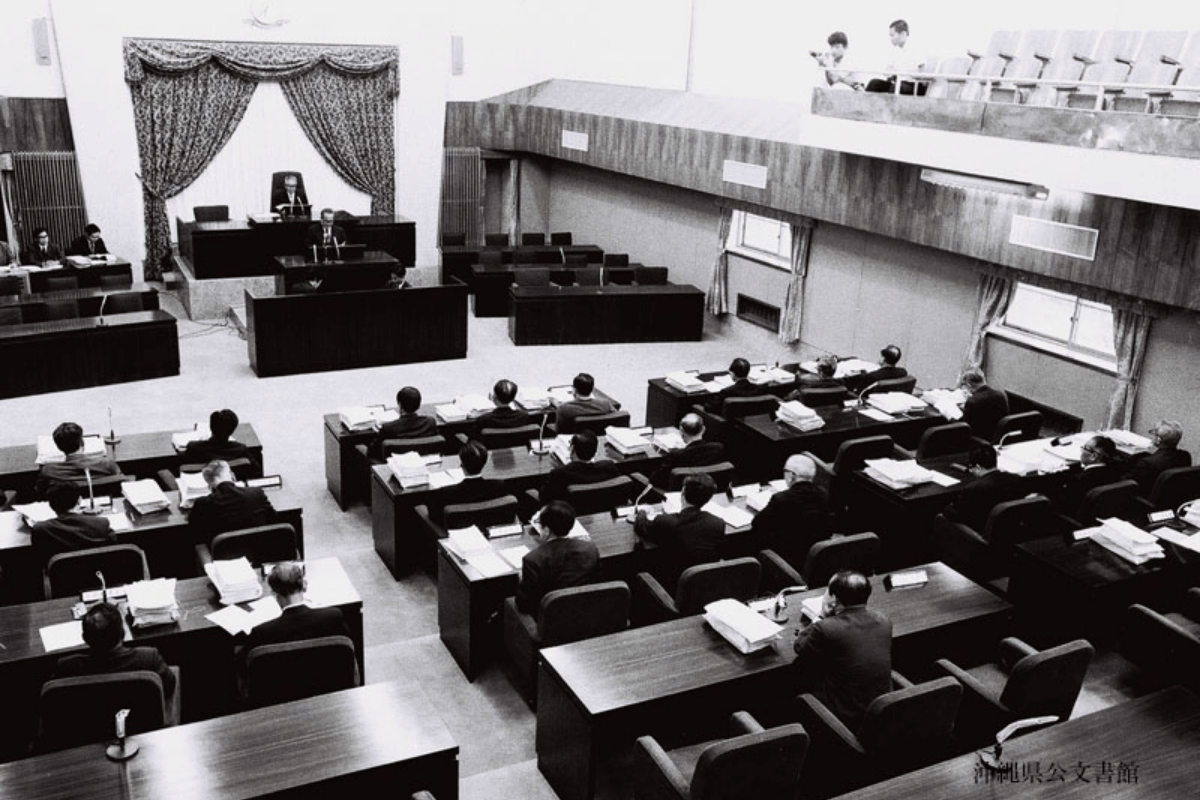
The U.S. forces that landed in Okinawa during World War II remained stationed after the war and continued to expand their bases. The bases further strengthened its functions as the U.S. bases stationed in Okinawa became strategically vital as international tensions arose during the Cold War. During this period, Okinawa suffered hardships before its reversion to Japan, as the U.S. military supremacy policy and restricted the autonomy, property, rights, etc. of the prefectural residents.
The Okinawa reversion movement began in the 1960s, and the demand for the complete removal of the U.S. military forces began to rise. Despite the strong demand from the people of Okinawa for a peaceful prefecture without bases, the U.S. and Japanese government agreed to the reversion under the condition of leaving the bases in place. With multiple uncertainties remaining, Okinawa made its reversion to Japan on May 15, 1972.
While May 15 marked the fulfillment of a long-held dream of Okinawa, it also marked the beginning of a new round of hardships, such as military base issues which continues up to this day.
The Okinawa reversion movement began in the 1960s, and the demand for the complete removal of the U.S. military forces began to rise. Despite the strong demand from the people of Okinawa for a peaceful prefecture without bases, the U.S. and Japanese government agreed to the reversion under the condition of leaving the bases in place. With multiple uncertainties remaining, Okinawa made its reversion to Japan on May 15, 1972.
While May 15 marked the fulfillment of a long-held dream of Okinawa, it also marked the beginning of a new round of hardships, such as military base issues which continues up to this day.
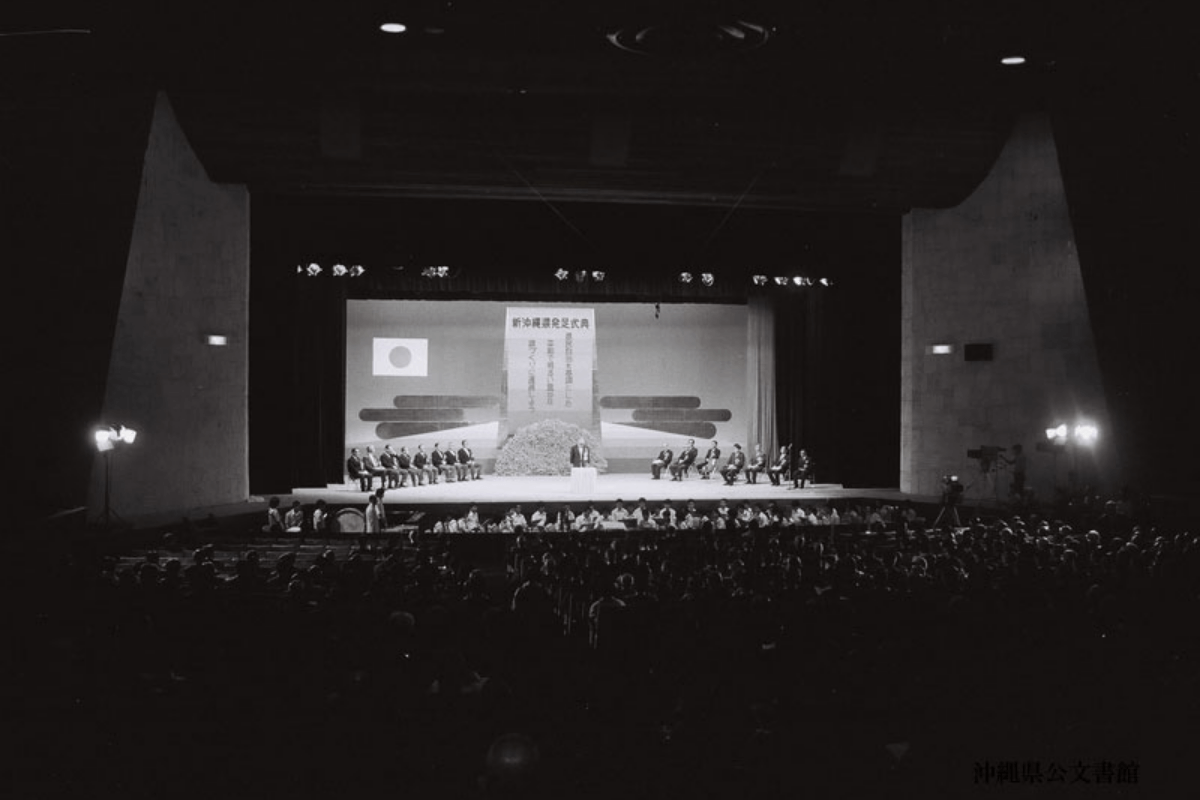
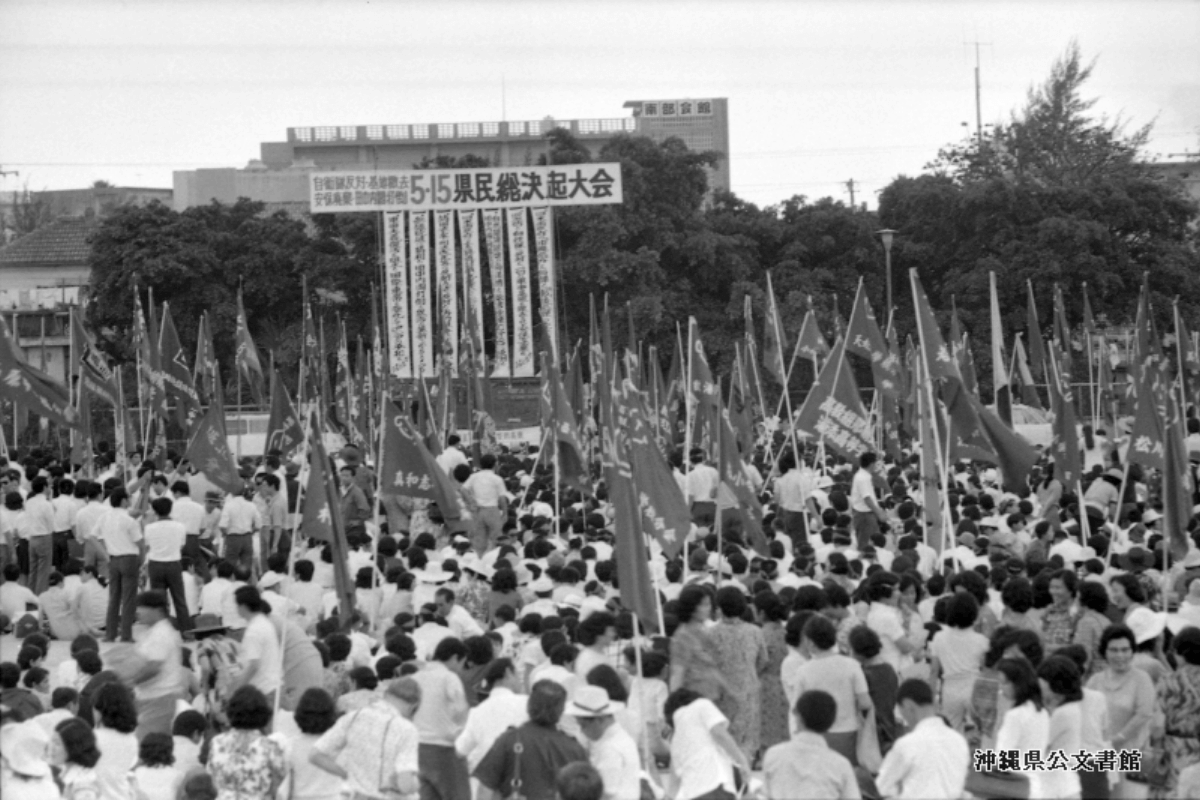
The Beginning of the New Okinawa Prefecture
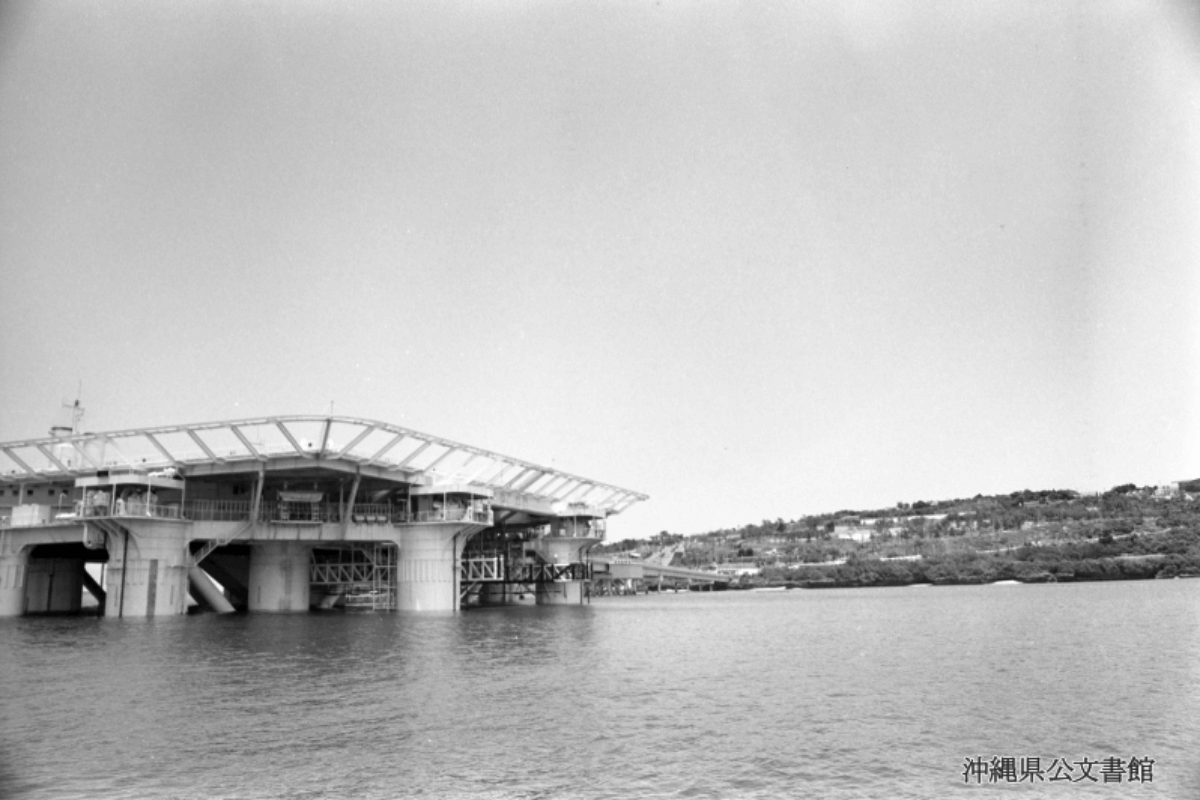
Okinawa Prefecture realized its reversion to Japan. As the administrative authority changed from the U.S. to Japan, the Constitution of Japan and other laws and regulations of mainland Japan became applicable to Okinawa Prefecture. The proclamations and ordinances issued during the U.S. administration gradually and completely disappeared. Traveling to the mainland became borderless, the currency was converted from the U.S. dollar to Japanese yen, and traffic regulations changed from “cars on the right, people on the left” to “cars on the left, people on the right”. It can be said that the daily lives of the prefectural residents changed dramatically with the reversion. Three major events were held in commemoration of the Okinawa\’s reversion to Japan: The Okinawa Reversion Commemorative Tree-planting Festival, the Okinawa Special National Athletic Meet, and the Okinawa International Maritime Exposition. The objective of these events were to celebrate the reversion of Okinawa nationwide and to deepen the understanding towards Okinawan culture. Various projects associated with the reversion of Okinawa were implemented based on the Okinawa Promotion Plan to promote the development of vulnerable social infrastructure; however, it also contributed to the destruction of the local natural environment.
As the insecurities and social instabilities immediately after the reversion of Okinawa gradually eased, a new society became established as the new Okinawa Prefecture. Although many of the issues that had persisted before the reversion to Japan remained unresolved, Uchinanchu (Okinawan people) began to look toward the future to move forward with determination.
As the insecurities and social instabilities immediately after the reversion of Okinawa gradually eased, a new society became established as the new Okinawa Prefecture. Although many of the issues that had persisted before the reversion to Japan remained unresolved, Uchinanchu (Okinawan people) began to look toward the future to move forward with determination.
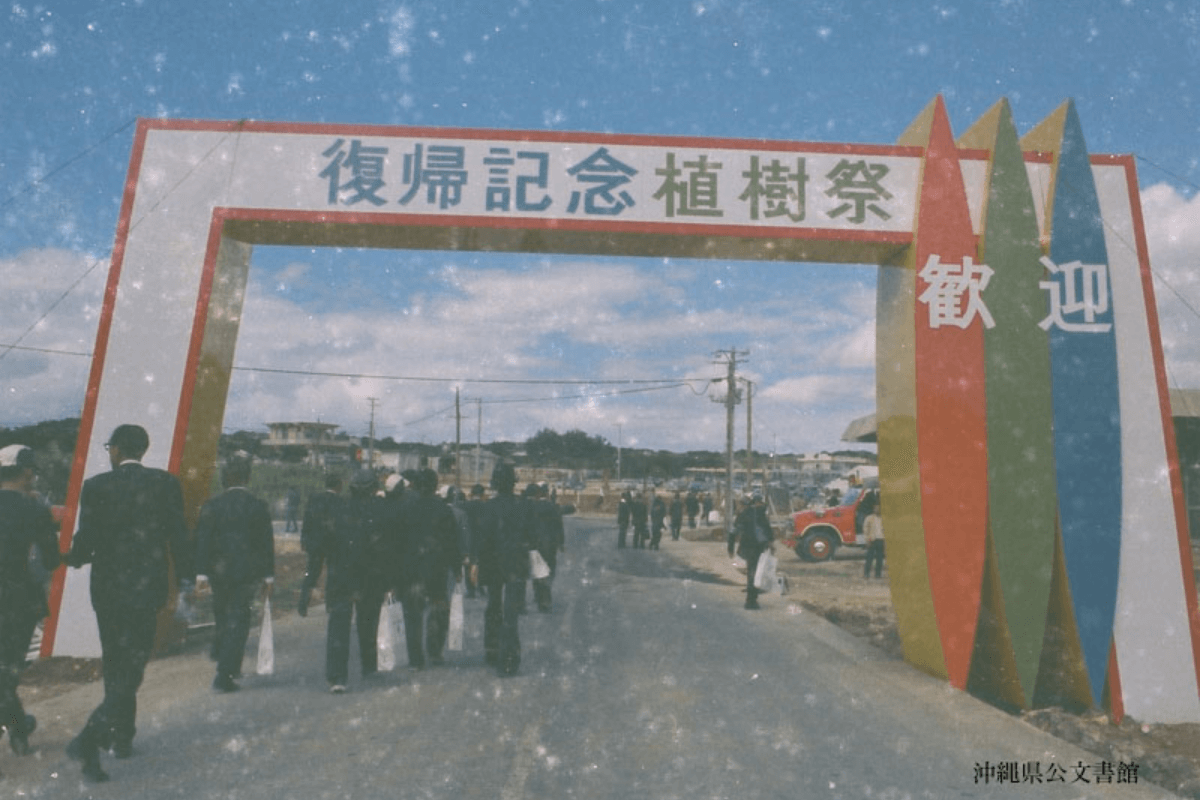
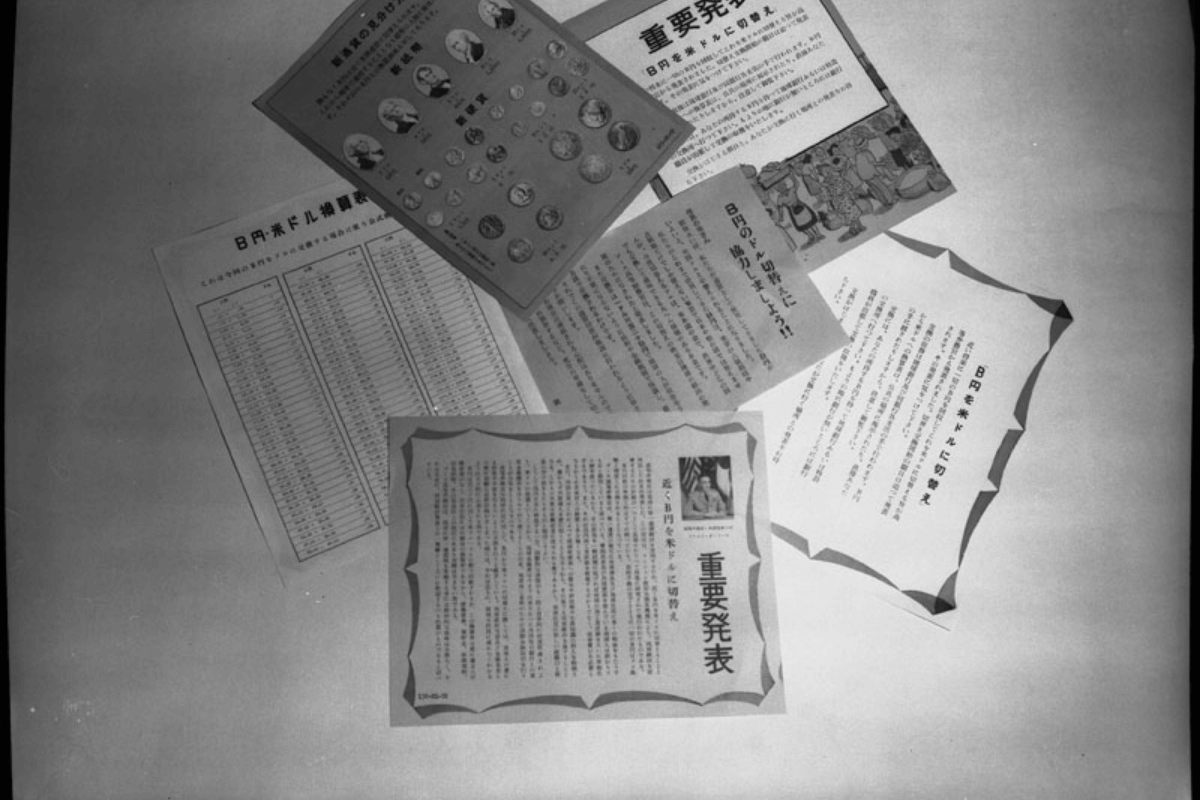
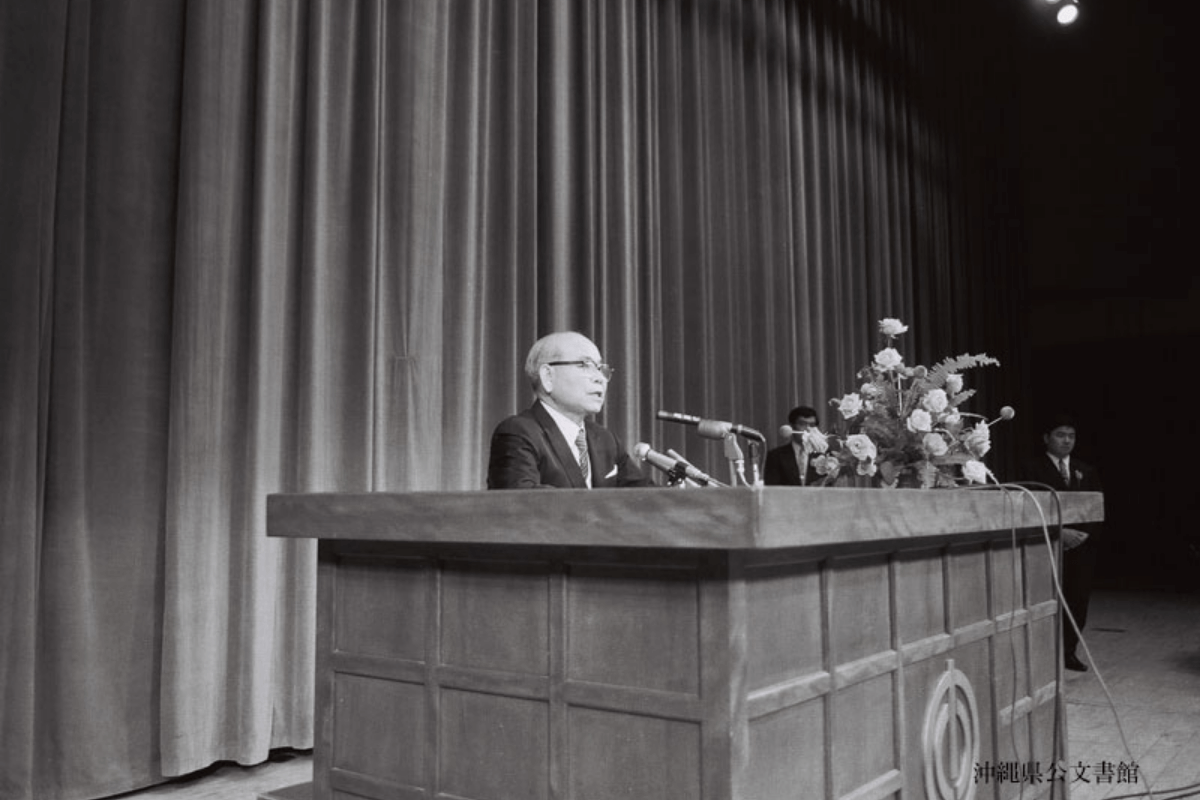
Okinawa Becomes a Trend
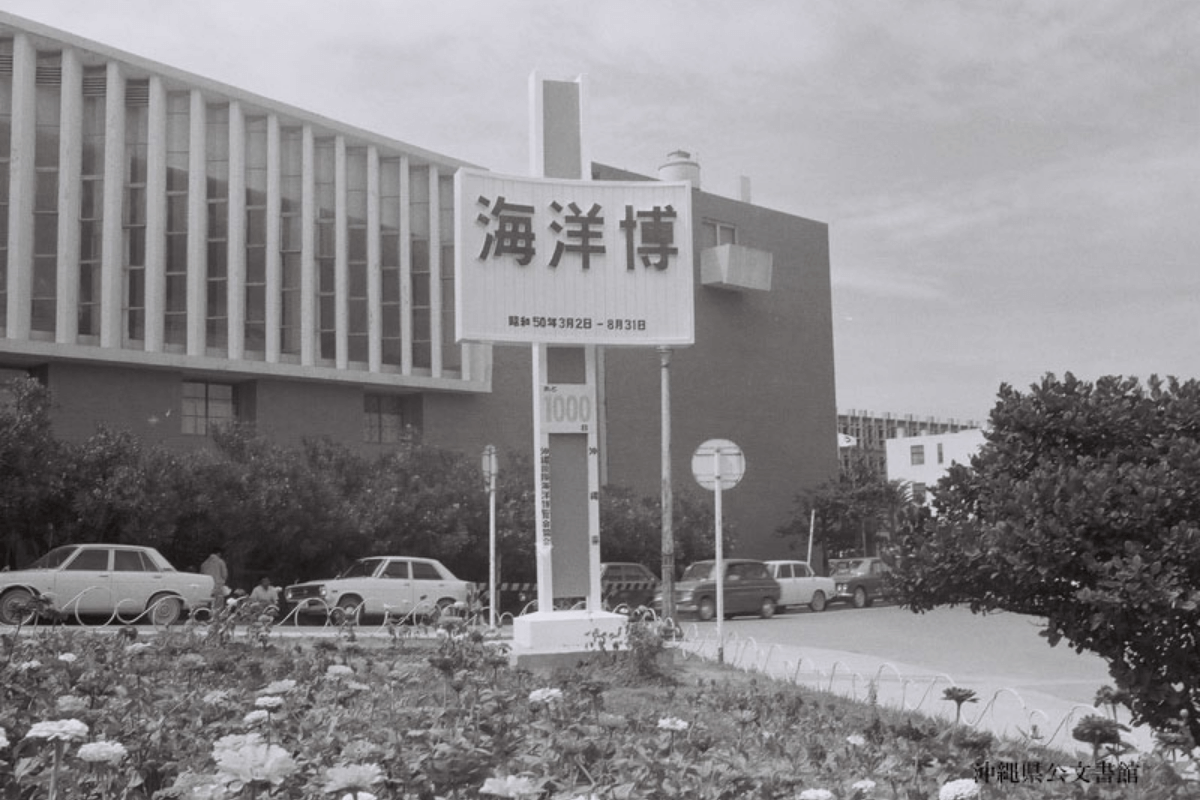
Since the 1990s, the beginning of the Heisei era in Japan, Okinawa Prefecture began to attract attention from everywhere. The drama “Churasan” was the spark that ignited Okinawa to become a nationwide trend to establish the branding of Okinawa. Prior to Churasan, there were also many artists from Okinawa, with Namie Amuro leading the Japanese music entertainment. In sports, there are many impressive scenes that remain unforgotten, performed by Okinawan Olympians such as the world champion boxer Yoko Gushiken and Ryo Kiyuna, as well as many soccer and basketball players.
The increase in Okinawa\’s nationwide recognition directly lead to the development of the Okinawan tourism industry. Abundant Okinawan natural perserves and traditional history and culture are communicated, not only nationwide, but worldwide, such as the Shurijo Castle Seiden (Main Hall) Restoration, a project in commemoration of the 20th anniversary of Okinawa\’s reversion to mainland Japan, the Kyushu/Okinawa Summit held at Bankoku Shinryokan in Nago City, and the opening of the Churaumi Aquarium within the Okinawa Ocean Expo Park. Each of these pillars of the Okinawa trend is the pride and joy of Okinawans.
The increase in Okinawa\’s nationwide recognition directly lead to the development of the Okinawan tourism industry. Abundant Okinawan natural perserves and traditional history and culture are communicated, not only nationwide, but worldwide, such as the Shurijo Castle Seiden (Main Hall) Restoration, a project in commemoration of the 20th anniversary of Okinawa\’s reversion to mainland Japan, the Kyushu/Okinawa Summit held at Bankoku Shinryokan in Nago City, and the opening of the Churaumi Aquarium within the Okinawa Ocean Expo Park. Each of these pillars of the Okinawa trend is the pride and joy of Okinawans.
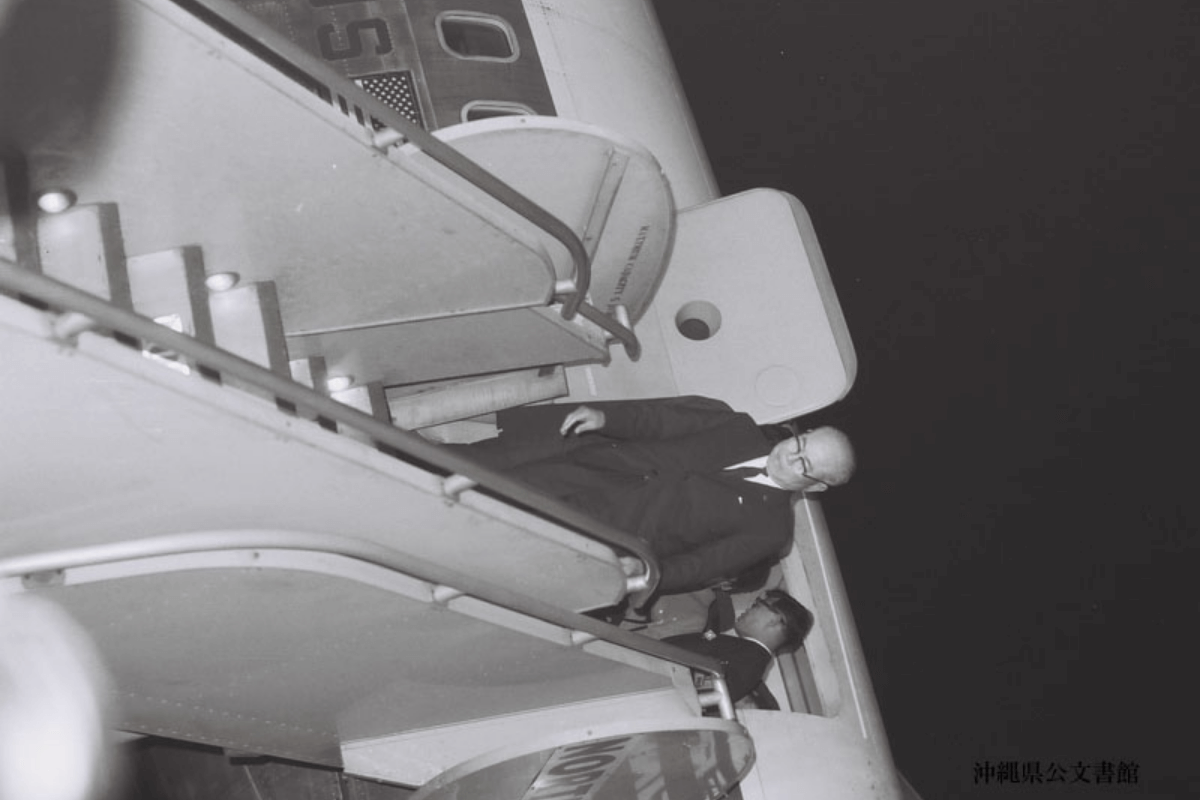
The Indestructible, Inheritance, and Challenges
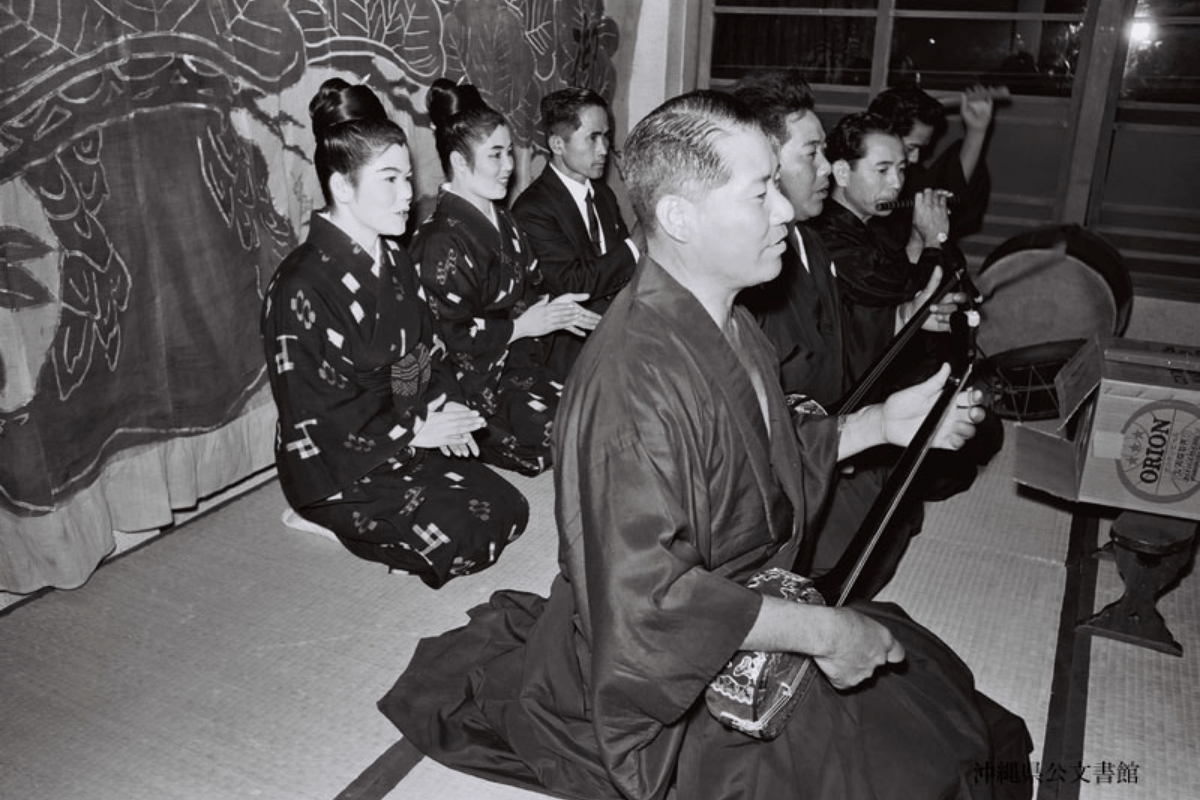
The traditional culture that has been passed down since the Ryukyu Kingdom era such as ethnic customs, performing arts, and art and handicrafts have enriched the lives of Okinawans. However, it is also a fact that challanges that continue to threaten our lives still persist.
The unemployment rate in the prefecture remained considerably higher than the national average for a period of time after the reversion, with the average income said to be about 70% of the national standard average.
With large commercial facilities built, the city feels like it is no different from urban areas on the mainland; however, the income disparity issue remains significant; in particular, “childhood poverty countermeasures” is listed as one of the key issues in the 6th Okinawa Promotion Plan.
The vast area of U.S. military bases that still remain within Okinawa is another serious issue. Countless incidents and accidents related to U.S. military bases have occured, and in recent years it has become evident that the bases have become a major obstacle to regional economic development.
The spirit of “Bankoku Shinryo” has been nurtured by Okinawans since ancient times when overseas trade was active; the tradition of establishing a peaceful island of Uchina (Okinawa) that does not rely on military shall serve as the framework for a peaceful Okinawa without bases.
The unemployment rate in the prefecture remained considerably higher than the national average for a period of time after the reversion, with the average income said to be about 70% of the national standard average.
With large commercial facilities built, the city feels like it is no different from urban areas on the mainland; however, the income disparity issue remains significant; in particular, “childhood poverty countermeasures” is listed as one of the key issues in the 6th Okinawa Promotion Plan.
The vast area of U.S. military bases that still remain within Okinawa is another serious issue. Countless incidents and accidents related to U.S. military bases have occured, and in recent years it has become evident that the bases have become a major obstacle to regional economic development.
The spirit of “Bankoku Shinryo” has been nurtured by Okinawans since ancient times when overseas trade was active; the tradition of establishing a peaceful island of Uchina (Okinawa) that does not rely on military shall serve as the framework for a peaceful Okinawa without bases.
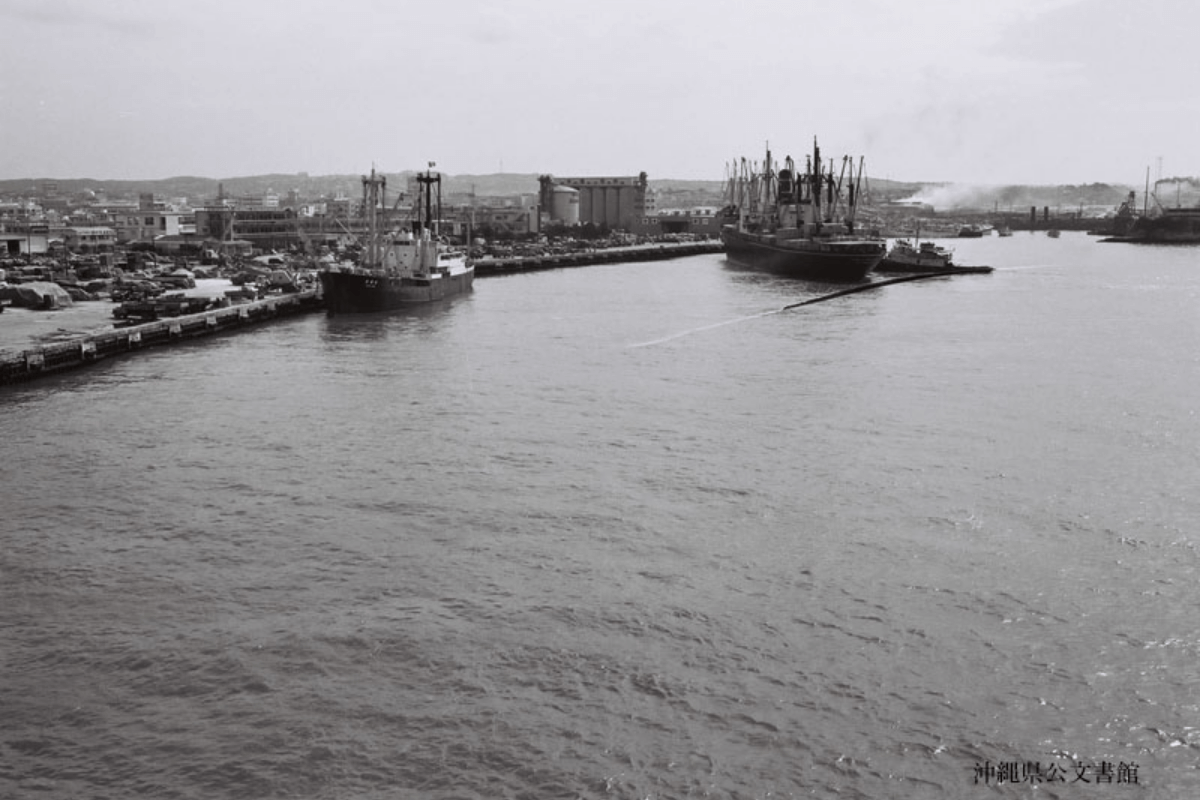
Hope for the Future
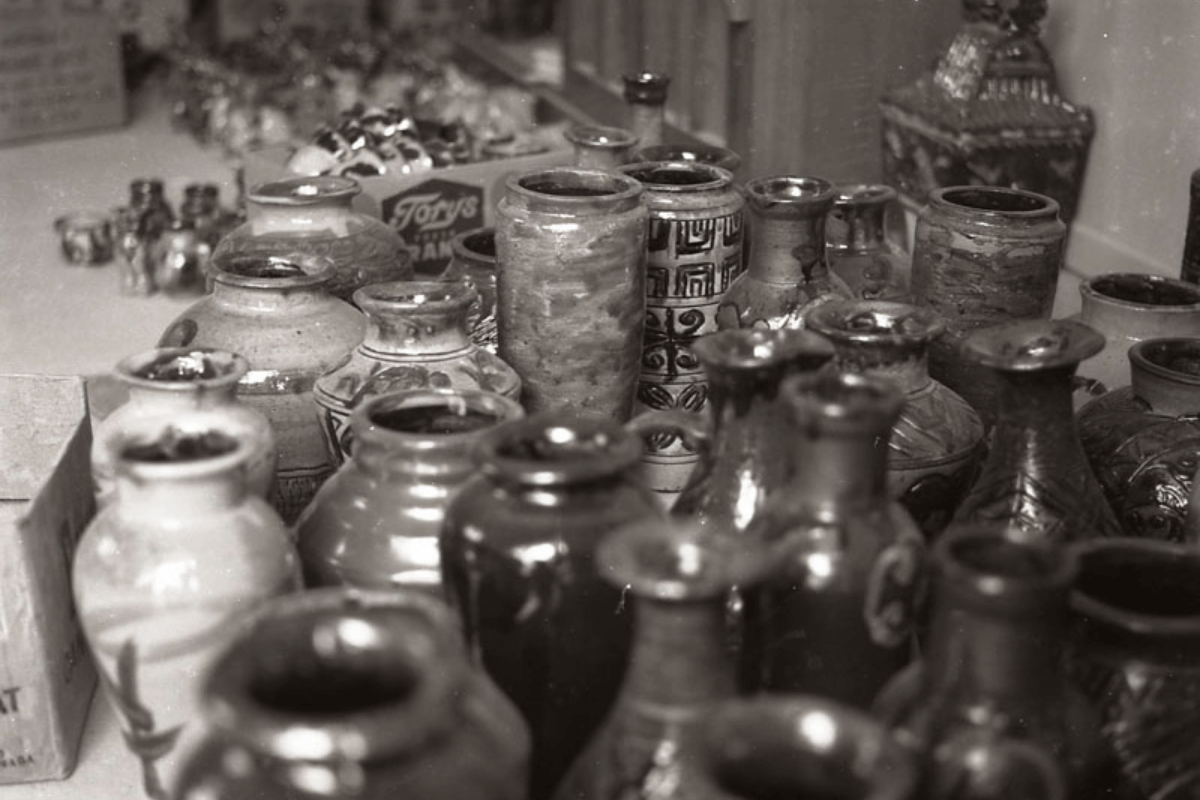
The generation born after the reversion to mainland Japan in 1972 now comprises about 60% of Okinawa\’s population. It is said that this number will rise to approximately 80% in 25 years. (Data provided by: the National Institute of Population and Social Security Research) Many fear the reversion itself may fade out in the future, as the generation that experienced the horrific Battle of Okinawa, Okinawa before its reversion to Japan referred to as the “America-yu” (the American era), and the reversion of Okinawa, which has successfully developed through intense social and political activities, will gradually lessen.
Chobyo Yara, the first governor of Okinawa since its reversion to Japan, proclaimed in his address at the inauguration ceremony of the new Okinawa Prefecture, “I am most proud of the wellbeing of Okinawans, having overcome many difficulties from the postwar years with determination and lively spirits.” It should be the mission of each and every Okinawan to pass down the Uchinanchu spirit to the future. Okinawa is blessed with abundant natural preserves. It has a traditional history and culture established by their ancestors. It is also home to people of overflowing kindness and generosity. It is our hope that the affection that each Okinawan feels toward its homeland will shape the future of Okinawa.
Chobyo Yara, the first governor of Okinawa since its reversion to Japan, proclaimed in his address at the inauguration ceremony of the new Okinawa Prefecture, “I am most proud of the wellbeing of Okinawans, having overcome many difficulties from the postwar years with determination and lively spirits.” It should be the mission of each and every Okinawan to pass down the Uchinanchu spirit to the future. Okinawa is blessed with abundant natural preserves. It has a traditional history and culture established by their ancestors. It is also home to people of overflowing kindness and generosity. It is our hope that the affection that each Okinawan feels toward its homeland will shape the future of Okinawa.
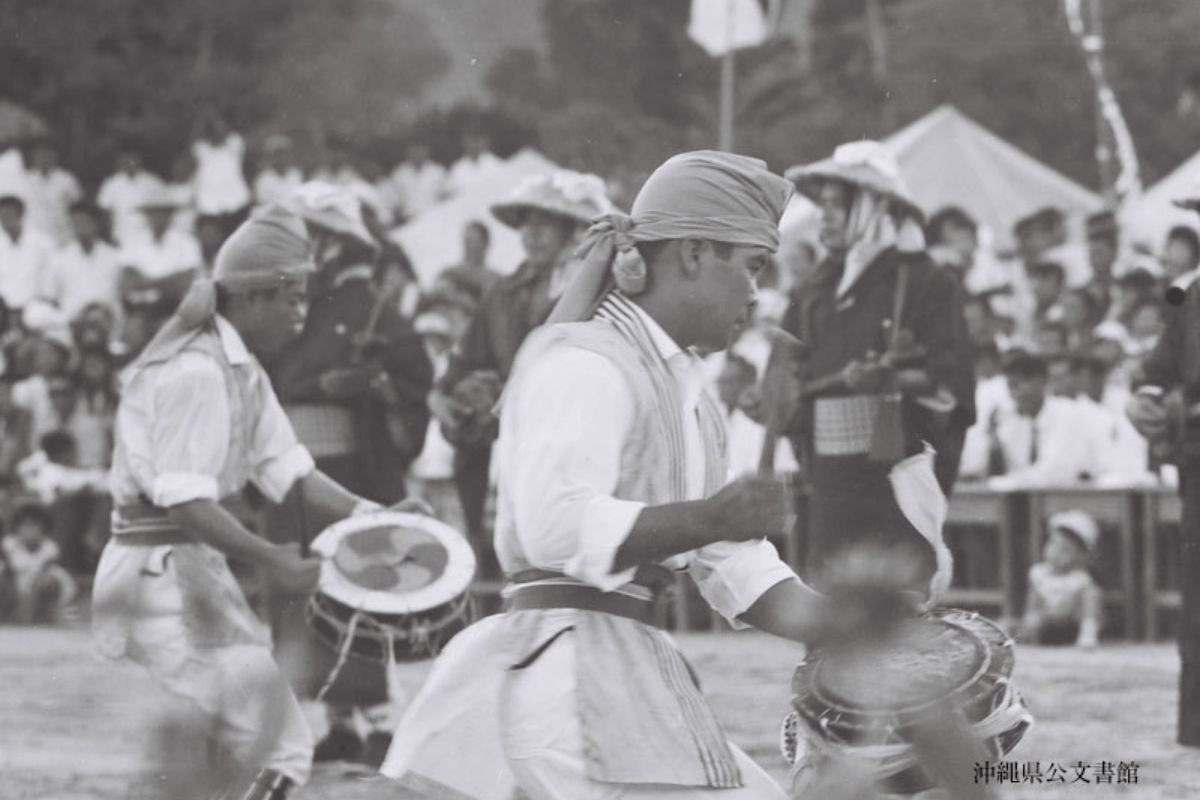
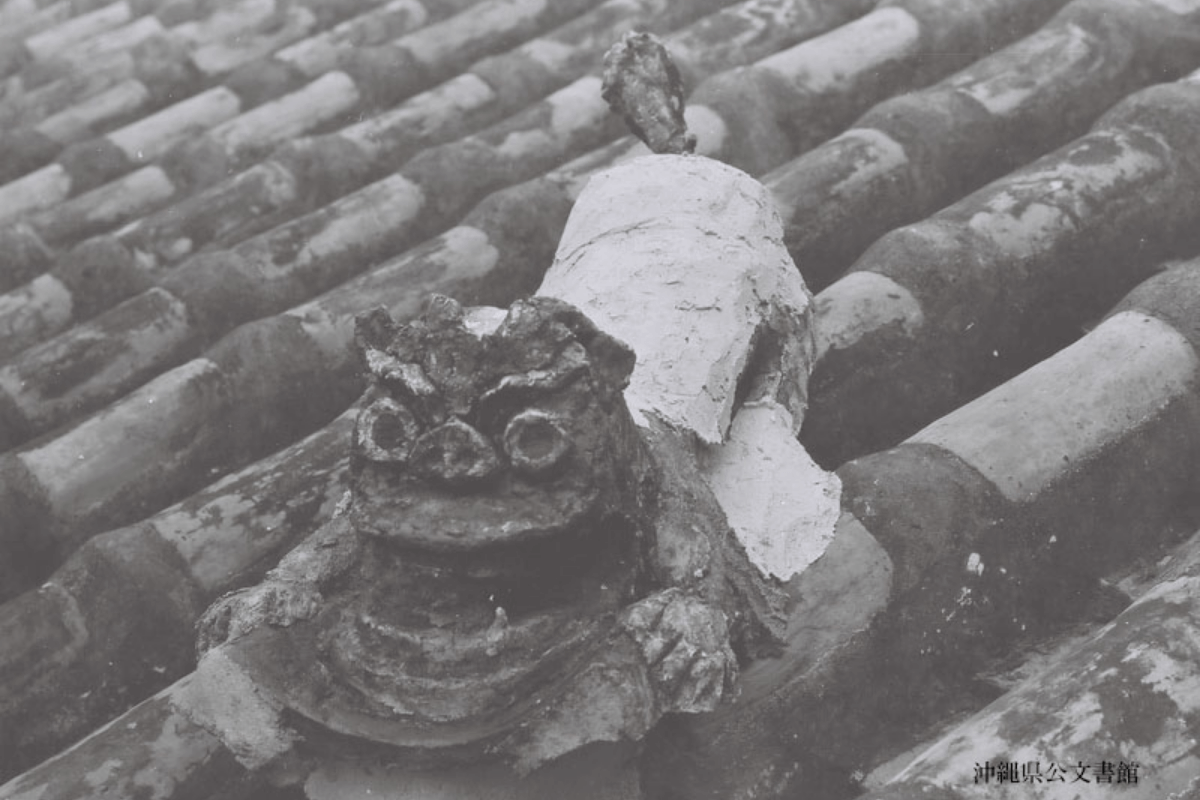
Photo all by:”Okinawa Prefectural Archives Collection”
